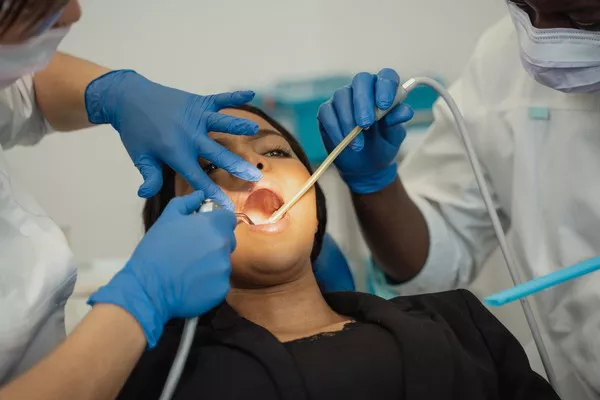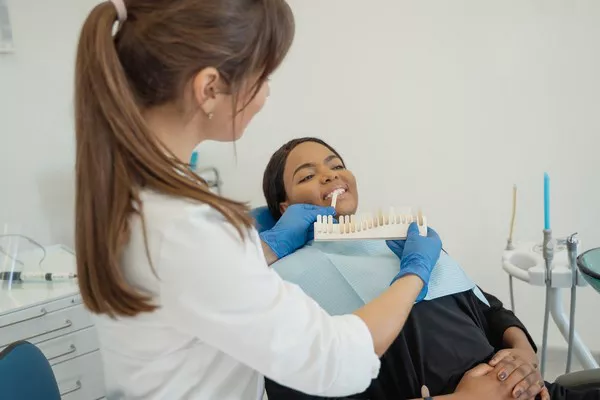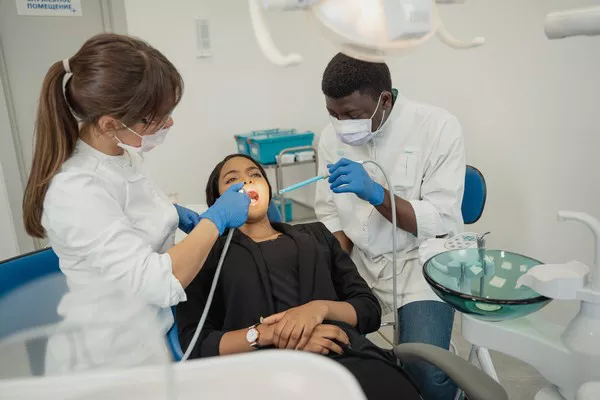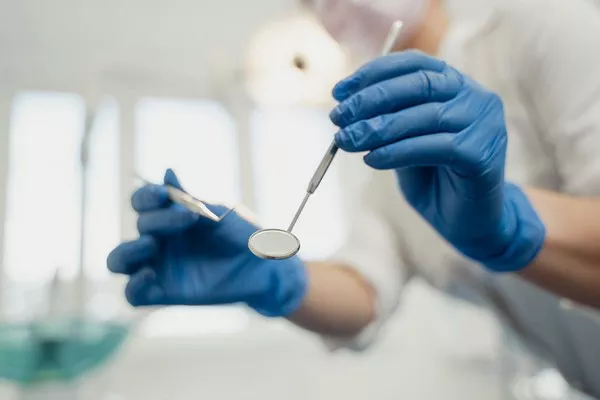A confident smile is one of the most appealing features we can possess. However, yellow teeth can significantly impact our self-esteem and confidence levels. The good news is that there are numerous effective methods available to combat yellowing teeth and achieve a brighter, whiter smile. In this comprehensive guide, we will explore various causes of yellow teeth and provide practical solutions to help you regain your dazzling smile.
Understand the Causes of Yellow Teeth:
Before diving into the solutions, it’s essential to understand the common causes of yellow teeth. These include:
a) Poor Oral Hygiene: Inadequate brushing and flossing allow plaque and tartar buildup, leading to tooth discoloration.
b) Food and Beverages: Consumption of staining substances like coffee, tea, red wine, berries, and certain spices can cause teeth staining over time.
c) Tobacco Use: Smoking or chewing tobacco products can result in stubborn yellow stains.
d) Aging: As we age, the outer layer of enamel wears down, revealing the naturally yellow dentin underneath.
e) Medications: Some medications, such as certain antibiotics or antihistamines, can cause tooth discoloration.
Adopt Proper Oral Hygiene Practices:
The foundation for healthy teeth begins with maintaining proper oral hygiene. Follow these tips to keep your teeth clean and prevent further discoloration:
a) Brushing: Brush your teeth at least twice daily using a soft-bristle toothbrush and fluoride toothpaste. Pay attention to all surfaces and brush gently along the gumline.
b) Flossing: Regularly floss between your teeth to remove plaque and food particles.
c) Mouthwash: Rinse with an antiseptic mouthwash to kill bacteria and freshen breath.
d) Regular Dental Check-ups: Schedule biannual visits to your dentist for professional cleanings and check-ups.
Whitening Toothpaste and Over-the-Counter Products:
Whitening toothpaste, mouthwashes, strips, and gels available over the counter can help lighten surface stains. Look for products containing hydrogen peroxide or carbamide peroxide as active ingredients. However, note that these products may not produce significant results for deep-set stains or internal discoloration.
Professional Teeth Whitening:
For more noticeable and long-lasting results, consider professional teeth whitening procedures. These are generally performed by dentists and offer customizable options such as:
a) In-office Whitening:
Dentists apply a high-concentration bleaching agent to your teeth while protecting your gums and soft tissues. This process typically yields immediate results.
b) At-home Whitening:
Dentists provide custom-fitted trays and a lower concentration bleaching gel to be used at home over a specified period. This option allows gradual whitening and flexibility.
Dental Veneers:
Dental veneers are thin shells made of porcelain or composite resin that cover the front surface of teeth. They are a suitable option for individuals with severe discoloration or other dental imperfections. Veneers provide a natural-looking, white smile that can last for many years with proper care.
Lifestyle Changes:
Certain lifestyle choices contribute to teeth staining. Consider the following changes to maintain a brighter, healthier smile:
a) Limit Staining Foods and Beverages:
Cut back on coffee, tea, red wine, and other substances known to cause tooth discoloration. If consumed, rinse your mouth with water afterward.
b) Quit Smoking and Tobacco Use:
Besides yellowing teeth, tobacco use contributes to various oral health problems. Seek professional help to quit smoking or using tobacco products.
c) Drink Plenty of Water:
Water helps rinse away food particles and reduces the acidity in your mouth, promoting a healthier environment for your teeth.
Natural Remedies:
While not as scientifically proven as professional treatments, some natural remedies may help whiten teeth to a degree. These include:
a) Oil Pulling:
Swishing oil (such as coconut oil) in your mouth for 15-20 minutes daily may help remove bacteria and reduce stains.
b) Baking Soda:
Create a paste using baking soda and water, then brush your teeth gently with the mixture. Baking soda’s mild abrasiveness can assist in removing surface stains.
c) Hydrogen Peroxide:
Diluted hydrogen peroxide can be used as a mouthwash or mixed with baking soda to form a whitening paste. However, exercise caution and consult a dentist before using hydrogen peroxide.
Conclusion:
Achieving a brighter smile and fixing yellow teeth is within reach for everyone. By adopting good oral hygiene practices, utilizing over-the-counter products, considering professional treatments, making lifestyle changes, and exploring natural remedies, you can restore your confidence through a whiter, more radiant smile. Remember to consult a dental professional to determine the best course of action based on your specific needs.
Related Topics:




























